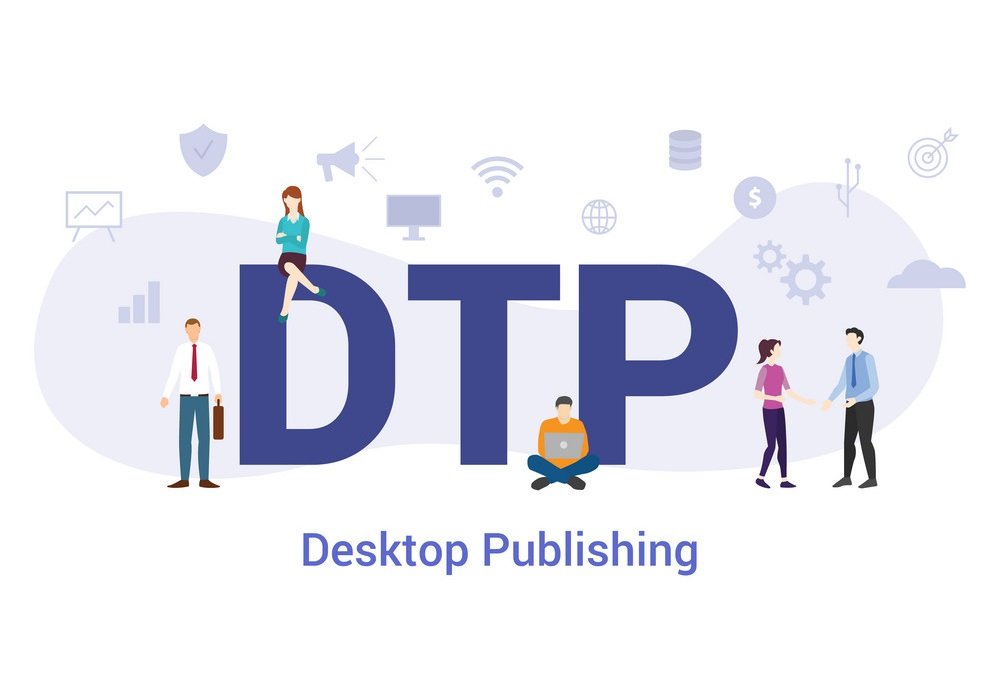Robotic Process Automation (RPA) uses software “bots” or robots to automate rule-based, repetitive tasks within business processes. These bots are developed to replicate human performance in various ways. They interact with digital systems and applications just as a human user would, offering users automated solutions.
What is Robotic Process Automation?
RPA technology allows businesses to free human workers, increase efficiency, streamline operations, and reduce errors. It enables enterprises to focus on more strategic and creative tasks. RPA bots can perform various tasks across various industries. It includes extraction, data validation, data entry, report generation, and form filling. This technology is typically deployed to automate repetitive, prone-to-human error, and time-consuming tasks.
RPA systems can be programmed to work with existing software applications without significant infrastructure changes, making them a flexible and cost-effective solution for process automation. Additionally, RPA platforms often include features such as process analytics, monitoring, and management tools. This platform helps organizations optimize and scale their automation initiatives.
Overall, RPA has emerged as a powerful tool for driving digital transformation and improving business agility in today’s fast-paced world. Let’s understand why businesses choose Robotic Process Automation, including its uses, features, and benefits for added value.
Important Robotic Process Automation Features to Look for in 2024!
Robotic Process Automation (RPA) tools have various features that enable organizations to automate processes effectively, including:
- Process Recorder: Many RPA tools offer process recording capabilities and allow users to record their actions as they perform a task manually. The tool then translates these actions into automation scripts, making it easier to automate repetitive processes.
- User-Friendly Interface: RPA tools offer intuitive interfaces for designing, configuring, and managing automated processes without advanced programming skills. Drag-and-drop functionality and visual editors simplify workflow creation, enhancing user efficiency and productivity.
- Options to Deploy Bot: RPA tools offer diverse deployment options. Attended bots collaborate with humans in real-time, while unattended bots work autonomously. Hybrid bots combine features for adaptable deployment, enhancing operational flexibility.
- Exception Handling: RPA tools incorporate exception-handling features to manage errors during automation. They can gracefully handle exceptions by retrying failed steps, logging errors, sending notifications, or escalating to human operators for resolution.
- Integration Capabilities: RPA tools can integrate with various applications, systems, and data sources. This allows organizations to automate end-to-end processes that span multiple systems.
- Version Control: RPA tools offer version control with change management features. This allows consumers to manage and track changes to automation workflows over time, ensuring traceability, consistency, and compliance with organizational standards.
- Performance Scalability: RPA tools support large-scale automation across departments. They manage bot deployment, load balancing, scheduling, and resource optimization to ensure peak performance and scalability across the organization.
- Security and Compliance: RPA tools prioritize security and compliance with industry standards and regulations. They offer role-based access control, data encryption, audit trails, and compliance reporting to protect sensitive data and processes.
- Analytics and Reporting: RPA tools offer analytics and reporting features to assess automation performance, process efficiency, and ROI. Users can monitor bot activity, track KPIs, and generate reports.
- Support and Community: RPA vendors offer comprehensive support to users. This ecosystem aids users in implementing and optimizing automation solutions and troubleshooting issues. It stays updated with RPA advancements and best practices.
10 Major Sectors that Use RPA Technology!
Robotic Process Automation can be applied across various industries where repetitive, rule-based tasks are prevalent. Below are some common sectors that effectively utilize RPA.
- Insurance: RPA can automate policy administration, claims processing, underwriting, customer inquiries, compliance reporting, and fraud detection tasks in insurance companies.
- Healthcare: RPA can assist in patient scheduling, claims processing, medical billing, appointment reminders, data entry, and electronic health record (EHR) management to enhance operational efficiency in healthcare facilities.
- Finance and Accounting: RPA can automate accounts payable/receivable processing, invoice generation, reconciliation, financial reporting, and compliance auditing.
- Human Resources: RPA can streamline HR processes such as employee onboarding/offboarding, payroll processing, leave management, candidate screening, and employee data management.
- Supply Chain and Logistics: RPA can automate inventory management, order processing, shipment tracking, procurement, and warehouse management tasks to improve efficiency and accuracy.
- IT Operations: RPA automates IT service desk tasks, system monitoring, software deployment, data migration, network provisioning, and user access management to improve IT efficiency and reduce downtime.
- Legal Services: RPA can automate contract management, document review, compliance reporting, legal research, and regulatory filings to streamline legal processes and improve productivity.
- Manufacturing: RPA can optimize production scheduling, quality control inspections, inventory management, order processing, and supply chain coordination to improve manufacturing efficiency and reduce costs.
- Customer Service: RPA can automate customer inquiries, complaint resolution, order processing, data entry, and ticket routing in call centres and help desks.
- Marketing and Sales: RPA can automate lead generation, data entry, CRM updates, email marketing campaigns, sales forecasting, and customer segmentation to enhance marketing and sales operations.
RPA can be applied to almost any industry or function where automation can benefit repetitive and rule-based tasks.
Top 10 Benefits of Robotic Process Automation in 2024!
Robotic Process Automation (RPA) offers several benefits across various industries and functions, including:
- Expedited Processing Time: Automated processes can be completed much faster than manual tasks, reducing processing times and quicker delivery of services or products to customers.
- Increased Efficiency: RPA can automate repetitive tasks. It allows employees to focus on more value-added, strategic activities, resulting in improved efficiency and productivity within the enterprise.
- Audit Trail and Compliance: RPA software records every action the robot takes, creating a detailed audit trail. This ensures compliance with regulations and standards, providing process transparency and traceability.
- Improved Employee Satisfaction: Employees can focus on more meaningful and intellectually stimulating work by automating mundane and repetitive tasks. This can lead to utmost job satisfaction and morale within the workforce.
- Improved Accuracy: Robots perform highly accurately and consistently, minimizing human fatigue or oversight errors. This leads to improved data quality and fewer errors in processes.
- Integration Capabilities: RPA tools can integrate with existing systems and applications without significant infrastructure changes. This allows organizations to leverage their technology investments and enhances the overall system interoperability.
- Top-Notch Scalability: RPA can quickly adapt to changes in workload demands by scaling up or down based on requirements. This scalability allows organizations to manage fluctuating work volumes efficiently without significant resource allocation.
- Round-the-Clock Operations: Robots operate 24/7 without breaks or downtime, unlike human employees. This ensures continuous operations and faster turnaround times with round-the-clock execution or monitoring.
- Cost Savings: RPA can significantly reduce operational costs with manual task automation. It eliminates the need for human intervention in mundane and repetitive processes, reducing labour expenses.
- Better Customer Experience: RPA enables organizations to streamline processes and respond more efficiently to customer inquiries or requests. It results in improved customer satisfaction and speedy issue resolution.
Concluding the Power and Efficiency of RPA!
Robotic Process Automation (RPA) revolutionizes business operations by automating repetitive tasks, driving efficiency, and reducing costs. With user-friendly interfaces, scalability, and integration capabilities, RPA empowers organizations across industries to optimize workflows. It enhances compliance and frees up human resources for more strategic endeavours.
As a transformative technology, RPA continues to reshape the future of work, enabling businesses to thrive in a digitally driven world. Stay tuned with us for more business and information technology updates that are essential in 2024.



